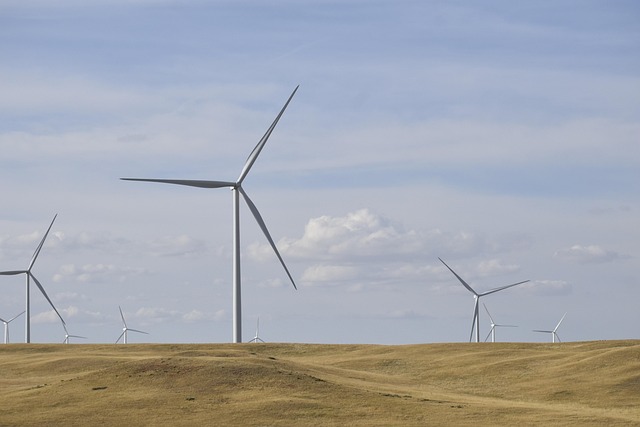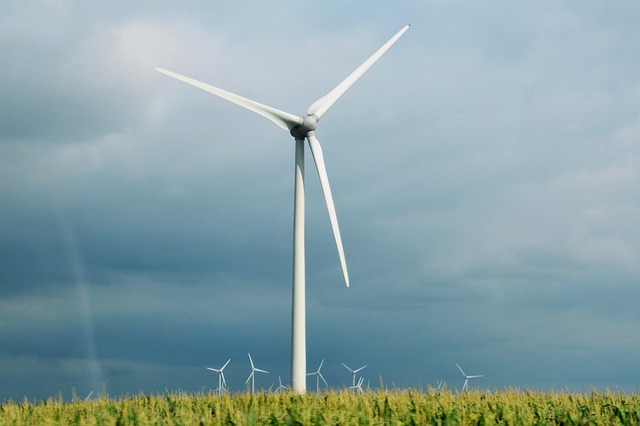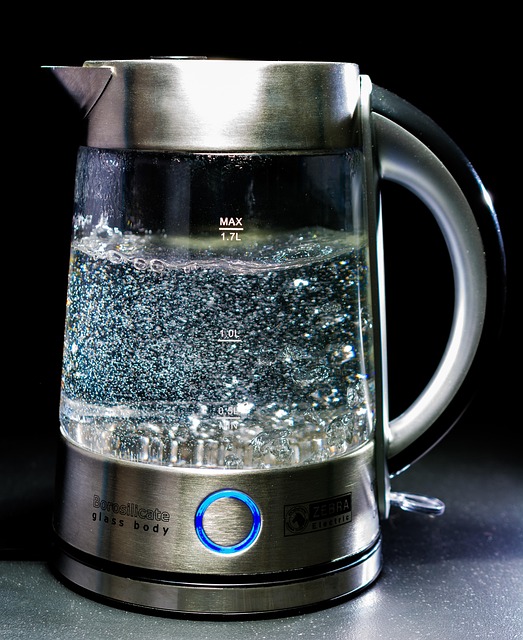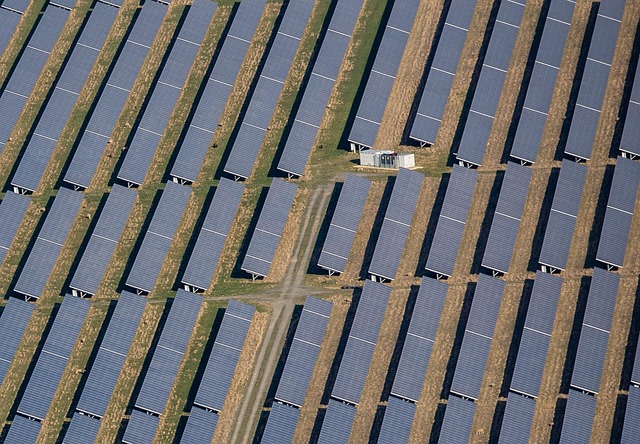Renewable energy heaters are sustainable alternatives to traditional systems, offering superior energy efficiency and reduced carbon footprints. Utilizing sources like solar, wind, or geothermal power, these heaters provide tailored solutions for diverse climates. Solar water heaters and geothermal heat pumps (GHPs) are prominent options known for their high efficiency and cost savings. Solar heating systems, with up to 80% efficiency, store heat for consistent warmth. GHPs leverage Earth's temperature for year-round comfort with impressive energy efficiency. Wind power is emerging as a promising alternative, integrating seamlessly into existing infrastructures. Adopting these technologies promotes a greener future by minimizing reliance on fossil fuels.
In today’s quest for sustainable living, exploring renewable energy heaters offers a promising path towards reducing carbon footprints and enhancing energy independence. This comprehensive guide delves into the world of eco-friendly heating solutions, providing an in-depth look at various technologies. From solar to geothermal and wind power, we examine how these innovations contribute to energy efficiency while warming your home. Discover the benefits, explore market options, and unlock a greener future for your living spaces.
- Understanding Renewable Energy Heaters: A Comprehensive Overview
- Benefits of Renewable Energy for Heating Your Home
- Types of Renewable Energy Heaters Available on the Market
- Solar Heating Systems: How They Work and Their Efficiency
- Geothermal Heat Pumps: Unlocking Earth's Constant Temperature
- Wind Power for Heating: Exploring the Potential
Understanding Renewable Energy Heaters: A Comprehensive Overview

Renewable energy heaters are a sustainable and environmentally friendly alternative to traditional heating systems, offering excellent energy efficiency. These heaters harness natural sources like solar, wind, or geothermal energy to warm spaces, reducing reliance on fossil fuels. Understanding their workings and benefits is crucial for those seeking eco-conscious solutions.
There are various types available, each utilizing different renewable resources. Solar heaters, for instance, absorb sunlight through panels, converting it into thermal energy. Wind heaters use kinetic energy from airflow, while geothermal systems tap into the Earth’s internal heat. This diverse range ensures options tailored to specific climates and preferences. By embracing these technologies, homeowners can significantly lower their carbon footprint and enjoy long-term cost savings on heating expenses.
Benefits of Renewable Energy for Heating Your Home

Heating your home with renewable energy offers a plethora of benefits, both for your wallet and the environment. One of the primary advantages is energy efficiency. Renewable energy sources like solar, geothermal, and biomass systems are designed to minimize energy waste, ensuring that your home stays cozy while reducing overall energy consumption. These systems often have lower operating costs compared to traditional heating methods powered by fossil fuels.
Furthermore, adopting renewable energy for heating contributes significantly to a reduced carbon footprint. By utilizing clean and sustainable resources, you’re playing a part in combating climate change. Many renewable heating options also come with advanced technology that allows for precise temperature control, enhancing comfort while further improving energy efficiency.
Types of Renewable Energy Heaters Available on the Market

The market offers a diverse range of renewable energy heaters, designed to provide efficient and eco-friendly solutions for heating homes and buildings. One prominent option is solar water heaters, which harness the power of sunlight to heat water for various applications. These systems are known for their high energy efficiency, as they can significantly reduce electricity bills compared to traditional heating methods. Solar thermal technology has advanced, allowing for robust and durable systems that can withstand different climates.
Another popular choice among renewable energy heaters is geothermal heat pumps (GHPs). GHPs utilize the consistent temperature of the earth’s core to efficiently heat and cool buildings. They extract heat from the ground during winter and transfer it indoors, providing a cost-effective and energy-efficient alternative to conventional heating systems. Geothermal heating is particularly appealing for its longevity and minimal environmental impact, making it a sustainable choice for homes and commercial spaces alike.
Solar Heating Systems: How They Work and Their Efficiency

Solar heating systems harness the power of the sun to heat water or air, providing an efficient and sustainable alternative to traditional heating methods. These systems are designed to capture sunlight and convert it into thermal energy, which can then be used for various applications, including residential, commercial, and industrial purposes. The primary component is a solar collector, typically made of high-quality glass or metal, that absorbs the sun’s rays. This heat is then transferred to a fluid, usually water or a thermal oil, which circulates through the system and heats up as it comes into contact with the solar panels.
One of the significant advantages of solar heating systems is their energy efficiency. They can provide up to 80% energy efficiency, reducing reliance on fossil fuels and lowering operating costs. Solar heat can be stored for later use, ensuring a consistent supply even on cloudy days or during the night. This technology is particularly efficient in regions with abundant sunlight, making it a viable option for off-grid homes and remote locations. Additionally, solar heating systems have minimal environmental impact, contributing to a greener and more sustainable future.
Geothermal Heat Pumps: Unlocking Earth's Constant Temperature

Geothermal heat pumps (GHPs) offer a sustainable and efficient solution for heating and cooling your home by harnessing Earth’s constant temperature. Unlike traditional heaters that rely on burning fossil fuels, GHPs use a small amount of electricity to move heat between your home and the ground, providing consistent comfort year-round. This technology is particularly effective in moderate climates, where the ground temperature remains relatively stable throughout the seasons.
By taking advantage of Earth’s steady thermal energy, geothermal heat pumps can achieve impressive energy efficiency—some models even boast up to 400% efficiency. During the winter, they extract heat from the ground and bring it indoors, while in summer, they reverse the process, moving heat from inside your home back into the earth. This eco-friendly approach not only reduces greenhouse gas emissions but also lowers energy bills, making it a smart choice for environmentally conscious homeowners.
Wind Power for Heating: Exploring the Potential

Wind power, a renewable and clean energy source, offers significant potential for heating applications, contributing to increased energy efficiency. This technology harnesses the kinetic energy from wind, converting it into mechanical energy that can be used to generate heat. Wind heaters, or wind-driven heat exchangers, are designed to capture this energy and transfer it to water or air, providing a sustainable solution for warming spaces during colder months.
One of the key advantages of wind power for heating is its ability to reduce carbon emissions and reliance on fossil fuels. As wind is a natural resource that is abundant in many regions, utilizing it for heating can lead to substantial cost savings and environmental benefits. Advanced wind heater systems can be integrated into existing infrastructure, providing efficient and eco-friendly alternatives for residential, commercial, or industrial heating needs, thus promoting a greener future.






